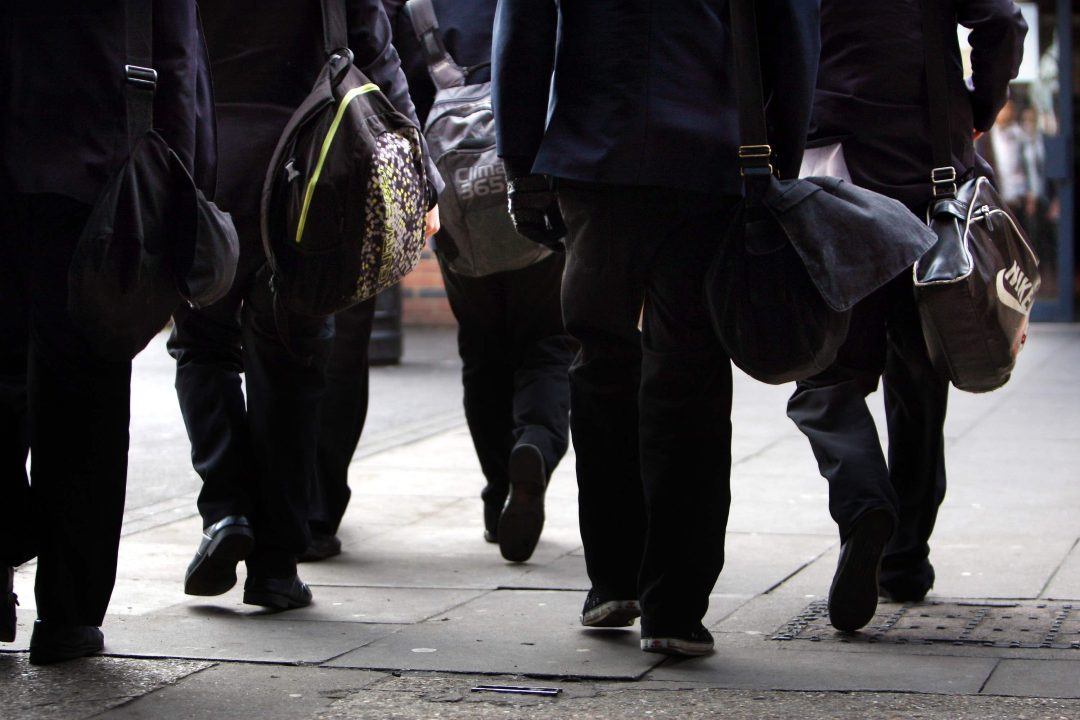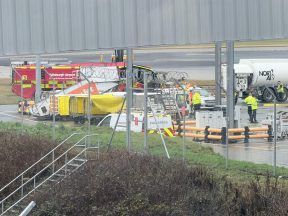The Scottish Government’s guidance on the use of physical intervention in schools is “unfit for purpose” and undermines teachers’ right to work in safety, a union has said.
The NASUWT teaching union said the new document lacks practical guidance on when and how teachers can use restraint on pupils.
Union officials have been calling for guidance for several years, warning teachers are increasingly experiencing violence and physical abuse.
The Government document sets out definitions for physical intervention and restraint.
It says: “Restraint should only be used to avert immediate risk of physical injury to any person where no less restrictive alternatives are viable. This reflects the principle of last resort.
“Restraint must never be used as a form of punishment or as a means of securing a child or young person’s compliance.”
The guidance defines restraint as any act carried out with the purpose of restricting a child’s movement, liberty or freedom to act independently.
It says certain types of restraint must never be used, such as holding a child on the ground or applying pressure on the torso or joint.
Patrick Roach, NASUWT general secretary, said: “Despite waiting nearly a year for the publication of this guidance, teachers and school leaders will despair the lack of practical guidance on offer from the Scottish Government.
“At a time of increasing levels of serious disruption and violence in schools, teachers and school leaders are being placed in an untenable position by the Scottish Government.
“Ministers should be clear that this guidance is unfit for purpose in its current form and further work is needed to better support teachers and school leaders.”
Mike Corbett, NASUWT Scotland national official, added: “This guidance fails to uphold the Scottish Government’s duty to ensure teachers’ right to work in safety, focusing almost exclusively as it does on the rights of children who may be subject to a physical intervention.
“It places the onus on teachers and school leaders who utilise restraint or seclusion of pupils while allowing local authorities and ministers to evade their responsibilities for providing sufficient resources and staffing to help schools manage and minimise the need for such action.”
In her ministerial foreword to the guidance, Education Secretary Jenny Gilruth said the Government had listened to teachers’ concerns about worsening pupil behaviour following the pandemic.
She said: “This new guidance, the third part of our ‘Included, Engaged, and Involved’ series, advises, rightly, that prevention and early intervention must be our primary approach. Meaning that we want to address the underlying causes of any distressed behaviour that poses a risk to the safety and wellbeing of others.
“By doing so, we can help schools deliver a safe and supportive learning environment and prevent the need for restraint and seclusion.
“While the guidance rightly has a focus on prevention, it is vital that our school staff are supported to intervene confidently and appropriately when the need arises.
“Given the implications of using restraint and seclusion, the guidance advises on relationship-based approaches that can be used in their place.”
The Scottish Government has been asked for comment.
Follow STV News on WhatsApp
Scan the QR code on your mobile device for all the latest news from around the country


 PA Media
PA Media
























